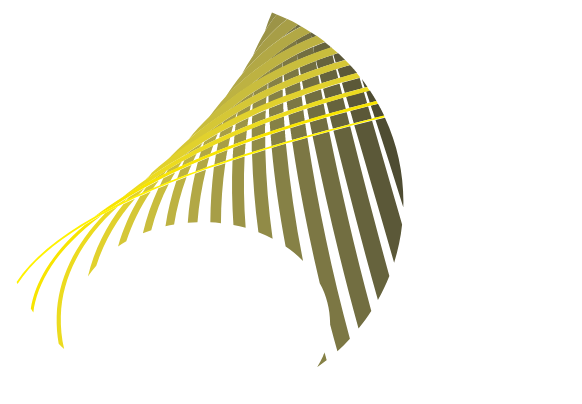Overview of the SPLASH project
SPLASH (Sustainable PoLymers from Algae Sugars and Hydrocarbons) covered the whole process chain from optimised biomass production to product development and exploitation. Two types of microalgae were investigated: the green alga Botryococcus braunii and the green microalga Chlamydomonas reinhardtii, to which the unique hydrocarbon and polysaccharides producing genes from Botryococcus were transferred. Further steps were taken to conduct biomass cultivation on a pilot scale, extracting the valuable compounds and processing them into value-added polymers and chemicals. A market assessment made sure that the most promising end applications would be selected for exploitation.
SPLASH comprised 20 partners from 9 European countries: SMEs and large enterprises as well as universities and research institutes. The consortium was managed by Wageningen Food & Biobased Research.
The project ran from 2012 to 2017. Funding was provided by the European Community’s Seventh Programme for research, technological development and demonstration.
Objectives of the project: developing an algae-to-polymer process
The overall concept of SPLASH is to produce biopolymers by using B. braunii as a producer and/or gene source for hydrocarbon and polysaccharide-producing genes. B. braunii and C. reinhardtii (both green microalgae) will be developed as production platforms. In addition, C. reinhardtii will be used to test candidate hydrocarbon-producing genes identified from B. braunii.
An integrated downstream process will be developed for product recovery and further conversion of the hydrocarbons into polyolefin building blocks ethylene and propylene, and conversion of polysaccharides into adipic acid, 2,5-furandicarboxylic acid (2,5- FDCA) and 1,4-pentanediol. These dicarboxylic and diol building blocks will be further polymerised into (co-)polyesters PEF (a substitute for PET) and PPeAF, and tested in the production of polymer fibre applications and packaging, respectively.
Our involvement in the SPLASH project
In this project, we performed a stakeholder analysis to determine the stakeholders’ position regarding the industrial deployment of the SPLASH platform. We used an online survey, which measured, among other things, their influence, interest and attitude towards the platform. Based on their high potential influence and clear interest in the SPLASH platform, we defined key players in the industrial deployment of the platform: algae production and processing companies, end-user companies, local governments, clusters and research organisations.
The stakeholder analysis was performed by PNO (NL) with support of Nova-Institute (DE), Value for Technology (BE) and Wageningen UR (NL). Approximately 650 organisations were approached, of which 10% participated in the survey. The next step is to assess, together with SPLASH partners, where stakeholders’ contributions are most needed and how they can be involved.
Visit the website for more information. Or become a member of the SPLASH LinkedIn Group.
